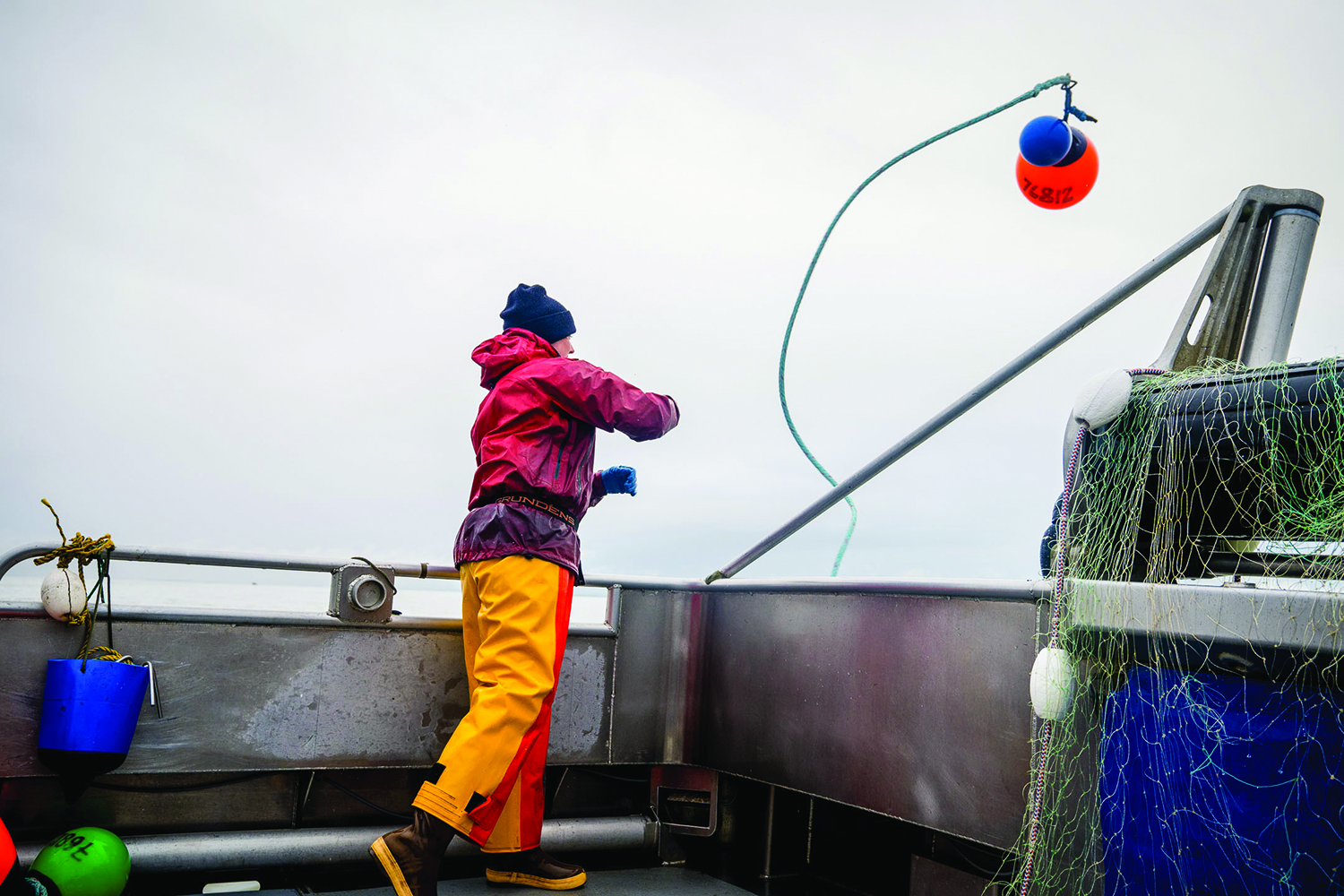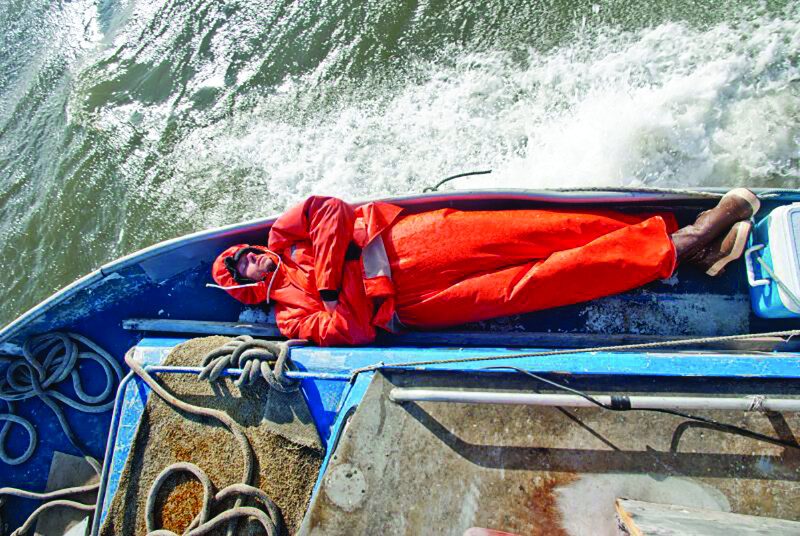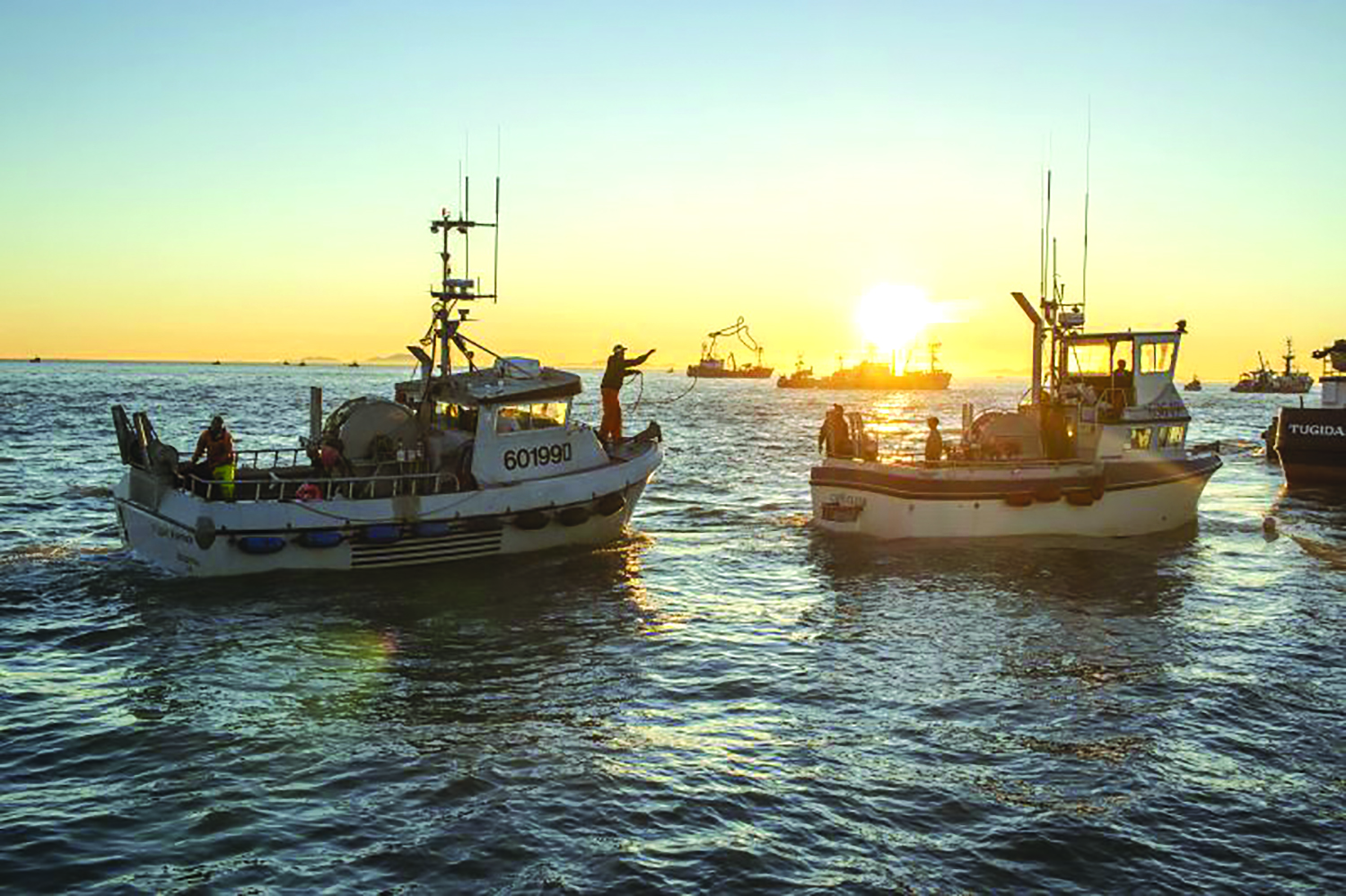Bristol Bay captains practice what they preach to turn drills into muscle memory
It seems like every season, while in the midst of the relentless excitement and exhaustion of the Bristol Bay salmon run, we get that crushing news. Someone has gone overboard and disappeared. It is heartbreaking, and it follows us from our bunks to the deck, from the boatyard to the bar, and back home.
According to NIOSH, the bay averaged a little over a death a year between 2000 and 2018. The leading cause was falls overboard from gillnet boats, with capsized setnet skiffs the second worst cause. It is more difficult to find data on injuries, but anyone who fishes Bristol Bay knows how common they are. Near misses, meanwhile, are a daily occurrence, and many of these come up short of tragedy because of the safety precautions fishermen take.
Most of us abide by the Coast Guard safety regulations: equipping our boats with certified and up-to-date life rafts, EPIRBs, flares, survival suits (don’t forget to wax those zippers), and life rings (make sure there’s enough line here). But safety goes far beyond just fulfilling regulatory requirements.

There are refrains among safety-conscious veteran skippers, and one of them is to internalize safe practices on the water. This is done a number of ways, chief among them: organization. Michael Jackson, a Bristol Bay veteran of 34 years, stays organized with checklists detailing gear and protocols for both preseason and in-season.
Michael Jackson’s Safety Checklists
Jackson keeps several nonregulated safety items, like an affordable 500-pound game hoist that can be used for man-overboard retrieval, and an emergency ditch bag, a dry bag for kayaking that includes a handheld VHF, an EPIRB, flares, and a first-aid kit.
Dan Barr, a 40-year skipper, is big on contingency. He has 10 bilge pumps powered by three different sources: engine, hydraulics or hand. Barr also keeps a backup VHF that automatically reverts to Channel 16 for distress alerting. For night fishing, Barr drops twin jacklights overboard, and preseason he refreshes reflective tape on his hull to increase visibility.
Delivering and anchoring heighten man-overboard danger. Both Barr and Jackson have PFD policies for anyone going to the bow of the boat. Barr requires PFDs on the bow at night, while Jackson requires them anytime crew is on the bow. Jackson stocks Mustang Survival horse-collar jackets that inflate on contact with the water, while Barr keeps inflatables and the Kent Rogue vest, which is not Coast Guard approved but can buy time in the water.
Jerry Dzugan, a nationally recognized leader at the Alaska Marine Safety Education Association, has been on a push to get bay fishermen to use some type of flotation for years. An AMSEA study that provided Kent Rogue vests and Stormline flotation bibs found that, provided with a good, unobtrusive option, 91 percent of fishermen used flotation. Robust, waterproof flashlights — which proved to be lifesavers in the Scandies Rose capsizing — should be at hand, and Dzugan recommends everyone wear an Ocean Signal MOB1, a cigar-sized AIS transponder for man-overboard that costs around $300.
One of the biggest threats to health and safety in the bay, of course, is exhaustion. Dzugan points to numerous studies illustrating how sleep deprivation impairs decision making, and he encourages a culture of “anti-machismo” that allows for sufficient rest. It’s a tough thing to ask in a fishery that rewards around-the-clock work with cash and status, but each boat has the responsibility to create its own culture around this, finding rest and fishing schedules that keep skipper and crew out of the delirious danger zone.

On deck, there are the common-sense rules, like stay out of the bight and avoid the whiplash path of a towline under heavy tension, but deck safety really comes down to simple, repeatable actions that are executed consistently with clear communication. Jackson runs deck orders with just three steps, which are verbally confirmed with his deckhands and are done exactly the same, day in and day out. Safety is habit, Jackson says, and one that is built out of repetition and awareness. To increase awareness, Barr has his crew focus on their near misses; they talk about what went wrong and discuss how they can do better next time.
Drills, of course, provide the foundation for all this, and all skippers and crew should take marine safety and first aid courses as frequently as possible. AMSEA holds safety classes around the country and will do them on request, whether you’re in Naknek or Montauk, or anywhere in between. They also typically run a series of classes in early June in Bristol Bay. Information can be found at amsea.org.
Good skippers solidify drills with their own exercises. Barr has his crew put survival suits on blindfolded and also challenges them to tie a bowline behind their back.
It is all in an effort to hardwire safety so it becomes a reflex, not a thought process. And it is in effort that can save lives and bring our fishermen home safely.
This article was sponsored by Bristol Bay Regional Seafood Development Association @bbrsda.com. BBRSDA strives to build value & wealth for the Bristol Bay driftnet fleet, but those benefits can’t be reaped without preserving fleet health and safety.







